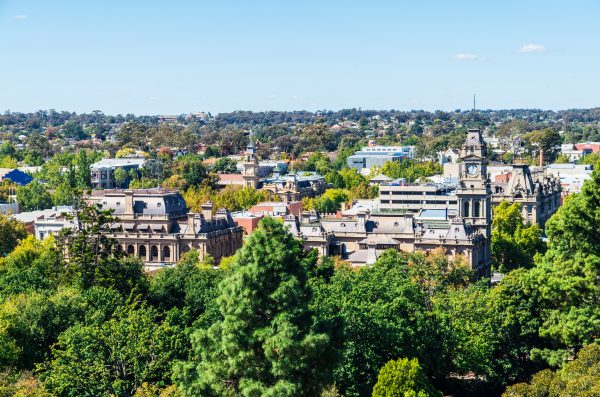Regional Australia part of the solution to population growth
The Federal Government is looking into the role regional migration can play in managing population growth.
Population Minister Alan Tudge has used a summit in Sydney to launch the Government’s updated population plan.
The six point strategy is made up of:
– Reducing the migration rate down from 190,000 to 160,300 this year, and a cap of 160,000 over the next four years.
– Regional migration; by having incentives in place for new arrivals to go to regional centres.
– Fast rail within 20 years to connect cities with regional centres.
– Economic development for regions.
– Improving infrastructure in capital cities.
– Better population planning within the states.
Regional Australia Institute Co-Chief Executive Dr Kim Houghton, has told Macquarie’s Rural Reporter Eddie Summerfield, it’s a step forward.
“The big changes have been changes to student visas to enable more students to take place in regional universities, and of course these 23,000 skilled visas, which is a pathway for permanent residency,” Dr Houghton said.
The plan includes incentives for international students to consider going to universities in regional areas and smaller cities.
Currently, international students account for 43 per cent of the Net Overseas Migration rate, but 80 per cent presently go to Melbourne, Sydney or Brisbane.
“As of July of this year, students who study in areas outside the big capitals will receive an extra additional year of post-study work rights,” Mr Tudge said.
The Regional Australia Institute says universities are now working hard to increase their global awareness to attract students.
“Part of the thing the regional universities have known for a long time, the level of awareness of what they offer is not as high in these overseas students markets as what is should be,” Dr Houghton said.
He says regional cities are mostly ready for population growth.
But at the moment the criteria for regional centres to apply for more migrants is cloudy.
“There’s no mechanism at the moment for a town that’s not just reliant on people filling skill gaps, but it just wants good solid new citizens to come,” Dr Haughton said.
Listen to the full interview above where Eddie and Dr Houghton discuss how communities can manage population growth, and how visa changes will impact country areas.
Subscribe to the National Rural News podcast: http://bit.ly/RuralNewsPodcast
















